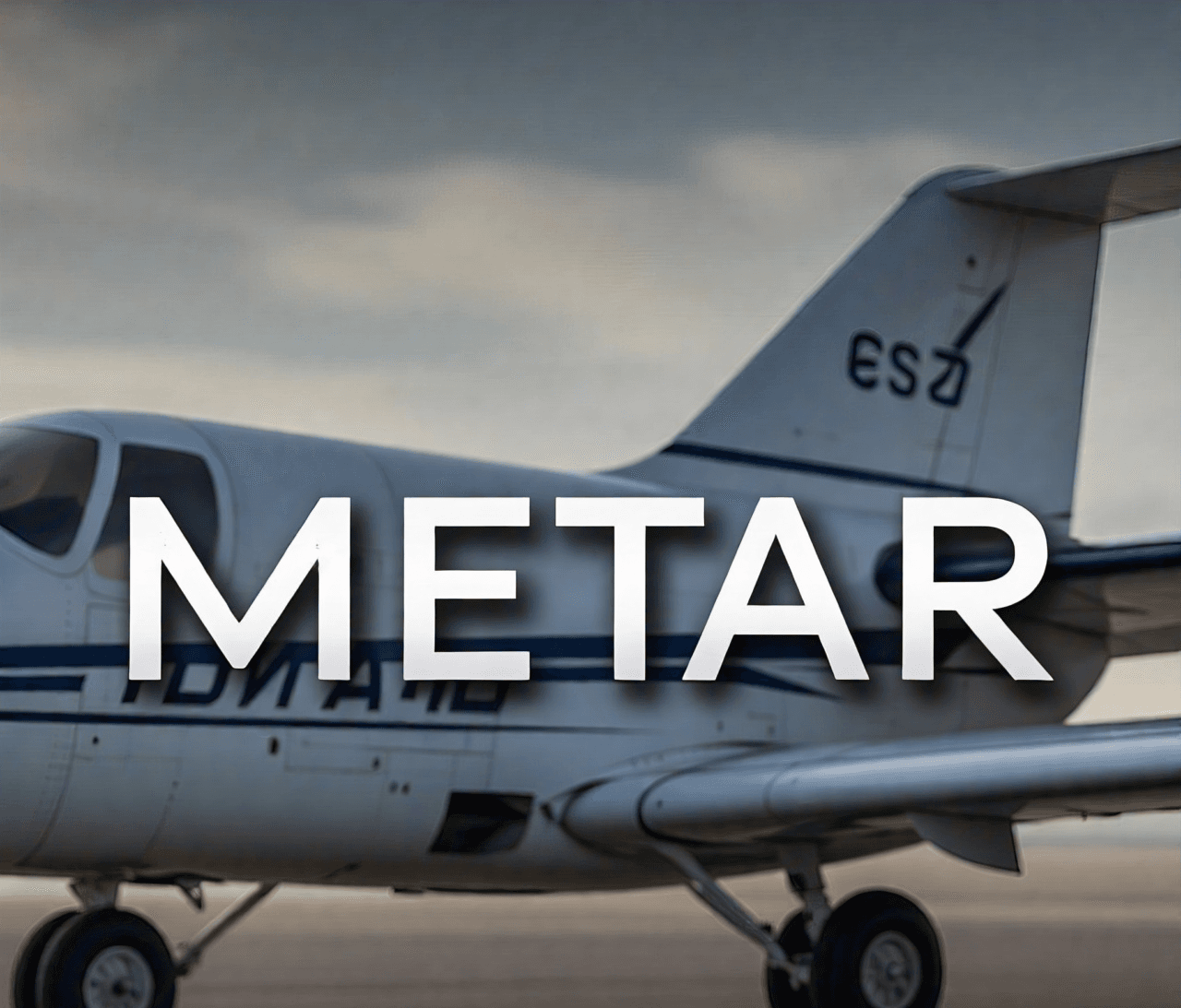
If you’ve ever dabbled in aviation, weather forecasting, or simply have an interest in how pilots prepare for flights, you’ve likely come across the term METAR. A METAR is a concise, standardized weather report primarily used in aviation to provide critical information about current meteorological conditions at airports.
METAR is an acronym that originates from the French term "Météorologique Aviation Régulière," which translates to "routine aviation weather." Essentially, it’s a snapshot of the weather conditions at a specific location, typically an airport, and is updated regularly—usually every hour. Special METAR reports, known as SPECI, can also be issued if significant weather changes occur between regular updates.
A METAR report may seem like a cryptic string of letters and numbers at first glance, but it follows a structured format that can be decoded to reveal a wealth of information. These reports include data about:
Station Identifier: A four-letter code (ICAO code) that specifies the reporting station.
Date and Time: The day of the month and the time the report was issued, given in UTC.
Wind Information: The wind’s direction and speed, sometimes including gusts.
Visibility: The distance pilots can see, often in meters or statute miles.
Weather Phenomena: Symbols representing rain, snow, fog, thunderstorms, or other significant weather events.
Sky Conditions: Details about cloud cover, including altitude and type of clouds.
Temperature and Dew Point: Key factors for understanding humidity and potential weather changes.
Altimeter Setting: Atmospheric pressure adjusted to sea level, used to calibrate aircraft instruments.
Here’s a sample METAR report:
METAR KJFK 231951Z 18012KT 10SM FEW025 SCT050 BKN080 22/17 A3005 RMK AO2
Let’s break it down:
KJFK: The station identifier for John F. Kennedy International Airport.
231951Z: Issued on the 23rd of the month at 19:51 UTC.
18012KT: Wind coming from 180° at 12 knots.
10SM: Visibility is 10 statute miles.
FEW025 SCT050 BKN080: Few clouds at 2,500 feet, scattered clouds at 5,000 feet, and broken clouds at 8,000 feet.
22/17: Temperature is 22°C, and dew point is 17°C.
A3005: Altimeter setting is 30.05 inches of mercury.
RMK AO2: Additional remarks indicating the station has an automated weather observation system.
For pilots, METAR reports are indispensable. They provide real-time data essential for pre-flight planning, in-flight decision-making, and ensuring safety. METARs are also used by air traffic controllers, meteorologists, and even enthusiasts who want a detailed understanding of current weather conditions.
By learning how to read and interpret METARs, you gain insight into the dynamic world of aviation weather and the careful preparation required to keep flights safe and efficient. So next time you see a string of weather codes, remember—it’s not just gibberish; it’s a crucial tool that helps the skies remain a safe place.
Back to Articles